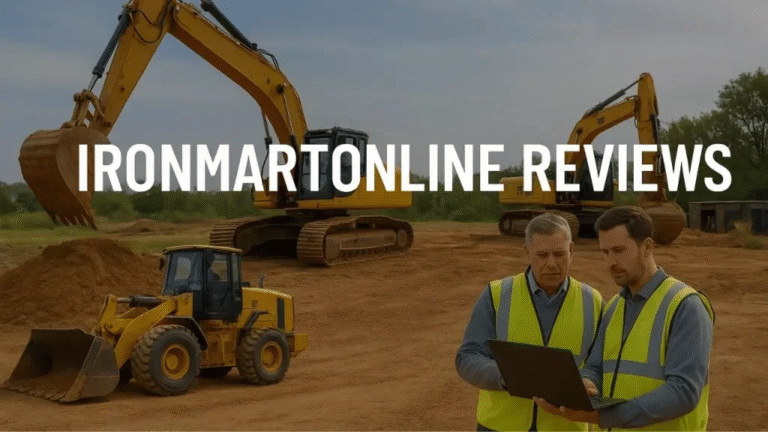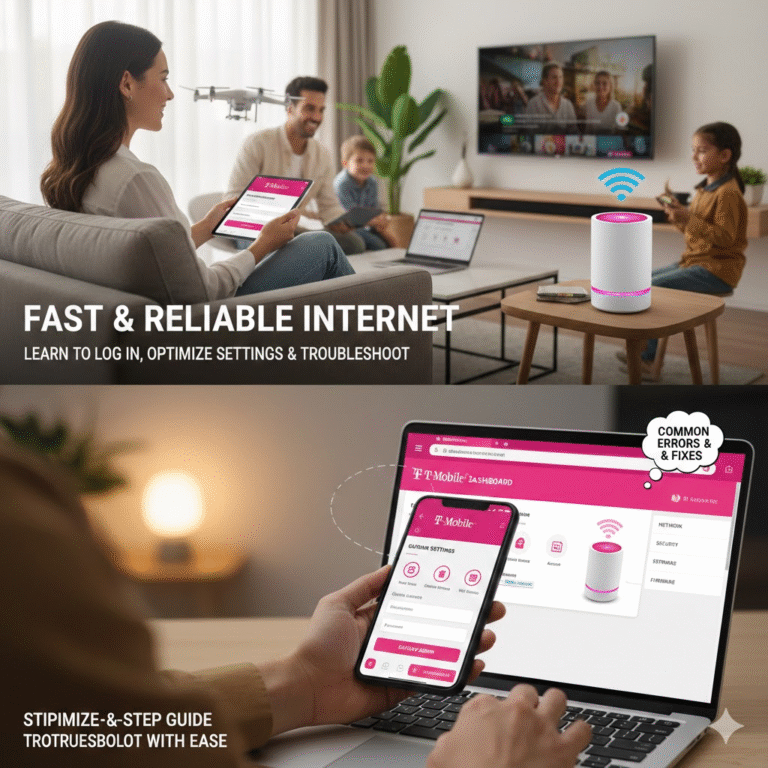
Responding to Requests for Proposals (RFPs) has traditionally been a high-effort process involving content duplication, coordination overload, and looming deadlines. As proposal teams strive for faster, higher-quality submissions, artificial intelligence is emerging as a game-changer.
According to Loopio’s 2025 Trends & Benchmarks Report, which surveyed over 1,500 teams, 68% of organizations now use AI in their RFP process, doubling adoption from the previous year, and 70% of those teams use AI weekly.
Solutions built for rfp ai are enabling teams to generate smarter proposals faster, more accurately, and with far less manual effort.
Benefits of Using AI in RFPs
Organizations that integrate AI into their RFP response process are experiencing measurable improvements across performance, productivity, and outcomes. Here’s how AI is making a difference:
- Reduced Turnaround Time by Up to 50%: AI automates content retrieval, formatting, and task assignments, allowing teams to create high-quality responses in a fraction of the time it would take manually.
- Improved Win Rates: By ensuring consistency, clarity, and personalization in every proposal, AI helps teams submit more compelling responses that resonate with decision-makers and increase the likelihood of success.
- Higher Content Reuse: Instead of rewriting similar responses from scratch, AI helps teams reuse approved content intelligently, maintaining accuracy while saving effort.
- Stronger Cross-Department Collaboration: With centralized platforms and smart workflows, AI reduces silos and streamlines communication between proposal managers, subject-matter experts, and leadership.
- Built-In Scalability: Even small or mid-sized teams can manage a growing number of RFPs without sacrificing quality, thanks to the automation and efficiency gains that AI delivers.
Key Features to Look for in an RFP AI Tool
Choosing the right AI-powered RFP platform ensures your team reaps the full benefits of automation and intelligence. Prioritize tools that offer:
- Smart Content Suggestions: Look for platforms that leverage natural language processing (NLP) and machine learning to suggest accurate, relevant answers from your content library.
- Seamless System Integration: Ensure the tool connects easily with your CRM, document repositories, knowledge bases, and collaboration software to support a unified workflow.
- Customizable Templates and Formatting: Maintain brand consistency and professional presentation with tools that allow you to tailor the structure, tone, and formatting of each response.
- Enterprise-Grade Security and Permissions: Given the sensitive nature of proposal content, choose a platform that offers robust data encryption, access controls, and compliance with industry standards.
- Performance Dashboards and Analytics: Insightful reporting on proposal timelines, content usage, win rates, and team productivity helps you continuously refine and improve your RFP process.
The Hidden Costs of Manual RFP Workflows
For most businesses, responding to RFPs is critical to driving revenue. But relying on manual processes can lead to:
- Repetitive content writing
- Delayed responses due to slow collaboration
- Inconsistent messaging across submissions
- Missed opportunities from backlogged or ignored RFPs
The result? Wasted time, frustrated teams, and reduced win rates.
How AI Is Transforming the RFP Process
Artificial intelligence is doing more than just accelerating proposal workflows, it’s fundamentally reshaping how teams approach and manage the entire RFP lifecycle. From automating repetitive tasks to delivering actionable insights, here’s how AI is elevating the proposal process:
- Automated Answer Matching: AI scans your historical response library to suggest the most relevant and accurate answers for each RFP question. This reduces time spent searching or rewriting and ensures consistency across submissions.
- Intelligent Content Management: Instead of relying on disconnected folders or spreadsheets, AI organizes and tags content automatically. Teams can quickly retrieve, update, and reuse approved responses without risking version control issues.
- Streamlined Collaboration: AI-powered platforms centralize communication and task assignments, making it easy for proposal managers, subject-matter experts, and reviewers to work together in real time, without the confusion of endless email chains.
- Personalized Responses at Scale: AI tools analyze RFP requirements and client profiles to help teams tailor their messaging. This means every proposal feels custom, improving alignment with client expectations and increasing competitiveness.
- Continuous Learning and Improvement: With every RFP processed, AI learns which responses are most effective. Over time, it refines content recommendations and helps teams optimize proposal strategy based on data-driven insights.
AI RFP Automation vs. Traditional Software Tools
Many organizations already use RFP software to streamline proposal development, but not all tools are created equal. Traditional software focuses on document storage and workflow management, while AI-driven platforms go several steps further by actively contributing to the quality, speed, and strategic impact of your proposals.
Here’s how they compare:
| Feature | Traditional RFP Tools | AI-Powered RFP Automation |
| Answer Retrieval | Manual keyword search | AI suggests relevant answers using NLP and past response patterns |
| Content Management | Static document libraries | Intelligent tagging, auto-updating, and dynamic content reuse |
| Personalization | Basic templates | Custom responses tailored to client tone, industry, and RFP intent |
| Collaboration | Email or shared folders | Centralized platform with real-time edits, role-based tasks, and tracking |
| Insights & Reporting | Basic status updates | Data-driven performance metrics and win-rate optimization recommendations |
| Scalability | Limited by headcount and manual effort | Supports high-volume responses without expanding the team |
Bottom line: Traditional tools may help organize your process, but AI-powered platforms like RFP automation actually elevate your proposals, making them faster to create, more accurate, and more competitive.
Future of RFPs: What’s Next with AI?
As artificial intelligence continues to advance, the RFP response process is set to evolve beyond automation and into intelligent, end-to-end strategy support. Here’s what the future holds for AI in the RFP landscape:
- Generative AI for Full Drafting: AI tools are moving from suggesting snippets to drafting entire proposal sections, customized to the prospect’s tone, industry, and stated goals. This will allow proposal teams to focus more on strategy and review rather than first drafts.
- AI-Powered Bid/No-Bid Decision Support: Future RFP platforms will analyze past win/loss data, client profiles, and competitive intelligence to help teams make more informed decisions about which RFPs to pursue.
- Voice and Chat Interfaces: Imagine managing RFPs through voice commands or AI chatbots, assigning tasks, reviewing answers, and requesting drafts in real time without clicking through dashboards.
Final Thoughts
The RFP response landscape is evolving, and AI is at the center of that transformation. As RFP volume grows and competition intensifies, staying reliant on manual processes is no longer sustainable. Investing in RFP automation brings speed, accuracy, and intelligence to your response workflows.
By adopting AI-driven tools, teams can respond more quickly, collaborate more effectively, and win more business, turning RFPs from a burden into a strategic differentiator.


